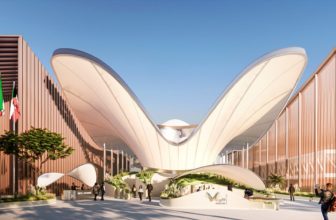ISIS Destroys Palmyra’s 2,000-year-old Temple of Bel: After the beheading Khaled al-Asaad, the 82-year-old retired chief archaeologist of the city – by extremist group Isis – before mutilating his body, the second despicable act in the Syrian city of Palmyra is the obliteration of the ancient temple of Bel, built in AD17. Not only is the act enough to bring outrage where a city’s well-being during the aftermath of such an event is concerned, but also the loss of a sacred place that had significance to the people culturally through its history and heritage brings about gut wrenching emotion.
The idea that the Architecture of a place reflects an identity of the place is not new. When places of interest or significance are lost, the memory resides in the people, who are profoundly impacted by the change in their everyday lives (rituals) as a result of the change in the built environment. An attack of this nature is not only an attack on the place but an attack on the livelihood of the culture. As mentioned in The Guardian, “Caring about how people live also means caring about those aspects of human culture that speak to more than our needs for food, shelter and good health. It involves recognizing that there are human achievements that transcend our own lives and our own generations. We come and go, but we are survived by the fruits of our peers and those who came before us.”
The sentiment of place of temple of Bel is just as and maybe even more important than its physical form. Without the meaning behind the form, the form has no Architecture, no relevance to the people who would constantly come across it. The impact of the removal of such a meaning is symbolic of the disregard for the people’s humanity.
Source: The Guardian
by Thelma Ndebele







